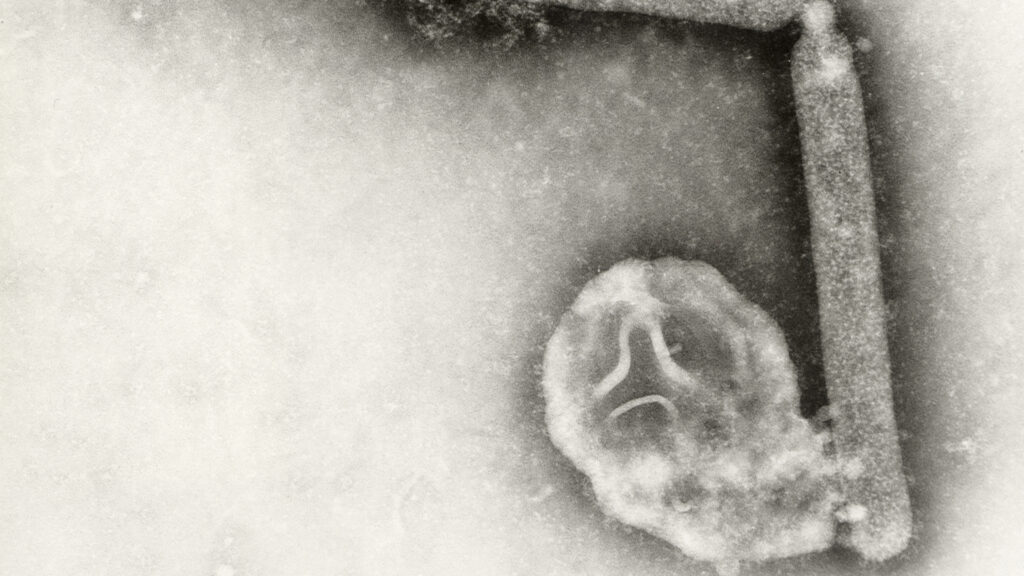Investigators trying to determine how a child in California might have contracted H5N1 bird flu are continuing to learn more details about the case. But much about the situation remains unclear — and it’s not certain a definitive answer will be reached, an official involved in the probe told STAT.
The incident involves a toddler who was taken to a hospital emergency department in Marin County, just north of San Francisco, earlier this month. The child had a high fever and was vomiting. A parent told a doctor at the hospital that the child had drunk raw milk from a company called Raw Milk LLC. The company’s products have recently been quarantined because some of them, found on local store shelves, as well as milk at its farm had tested positive for H5N1.
advertisement
If this child, who has not been identified, is confirmed to have been infected with H5N1 through milk consumption, it will be the first such case recorded in the United States. But Lisa Santora, public health officer for Marin County, acknowledged to STAT there is a decent chance the infection will not be confirmed.
Santora said a specimen had been sent to the Centers for Disease Control and Prevention in the hopes that its laboratories could do something neither the Marin County local lab nor the state public health lab were able to do: confirm a flu infection and specify which type of flu — seasonal or bird flu — was the cause.
“It’s possible that they are able to extract [enough viral material] and we can determine if this is seasonal flu or avian flu. It’s also possible that they’re unable to sequence,” Santora said.
advertisement
The county revealed last Friday on its website that it was investigating a possible case of H5N1 in a child. Santora said it appears that the family members were unaware the milk they had purchased was raw milk. Public health officials have been cautioning consumers to avoid raw milk, which is not pasteurized, given concerns that it could transmit H5N1 bird flu. Studies have shown the commercial pasteurization processes kill the virus in milk.
An initial test, using a swab swirled around the child’s nostrils, was negative for influenza. But because of the known exposure to raw milk, a second flu test was conducted the next day, where the child’s mouth and throat were swabbed. That test came back positive for flu A, a category of flu viruses that includes the seasonal flu viruses H1N1 and H3N2, but also H5N1 bird flu.
But there was little virus in the swab and when the local and state public health laboratories tried to confirm the diagnosis and subtype the virus — that is, to determine which flu A virus was present — they could not do so. “So we only have a positive flu A test, and a symptomatic child,” Santora said.
Family members were tested for flu, but all were negative, she said, adding that she thought if the child had had seasonal flu there might have been other infections in the household.
Milk from infected cows contains extraordinarily high levels of H5N1. Cats on farms with infected cows have died from drinking raw milk and lab mice fed infected raw milk became so ill they had to be euthanized. But it hasn’t been known if consuming the virus in raw milk would pose the same risk to people.
“We’re in that learning space ourselves,” Santora admitted. “There is biological plausibility that there could be a linkage between raw milk consumption and [H5N1 infection].”
The child, who did not have classic symptoms of influenza infection, has since recovered.
Last month another child in California, in Alameda County, tested positive for H5N1. In that case, it has not been determined how the child became infected with the virus.
advertisement

